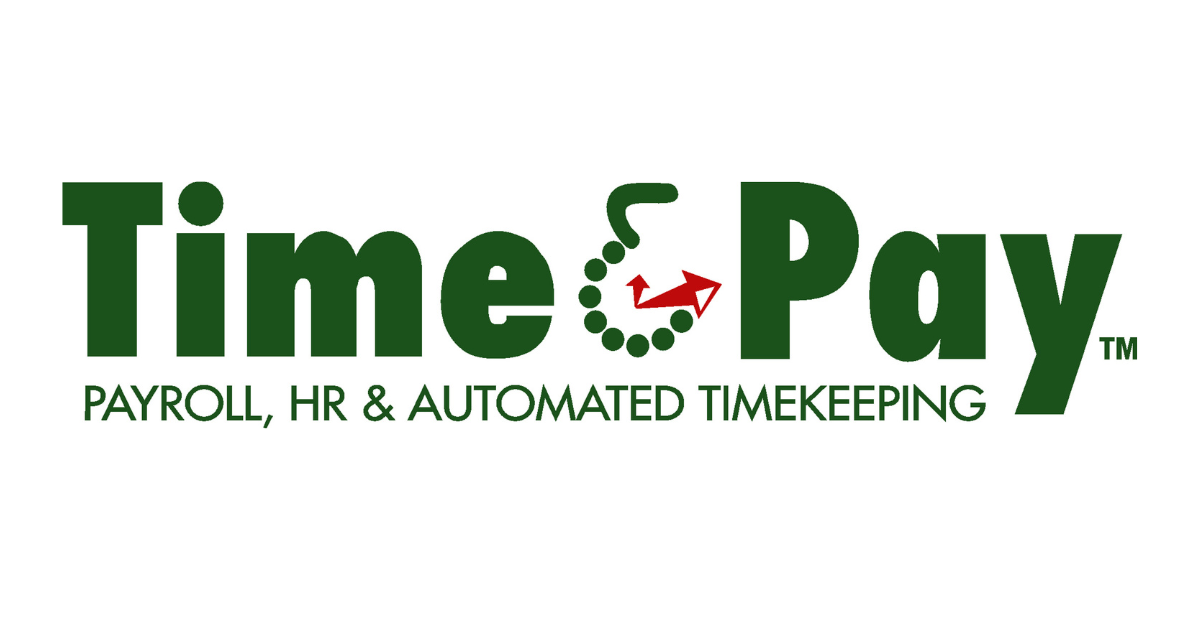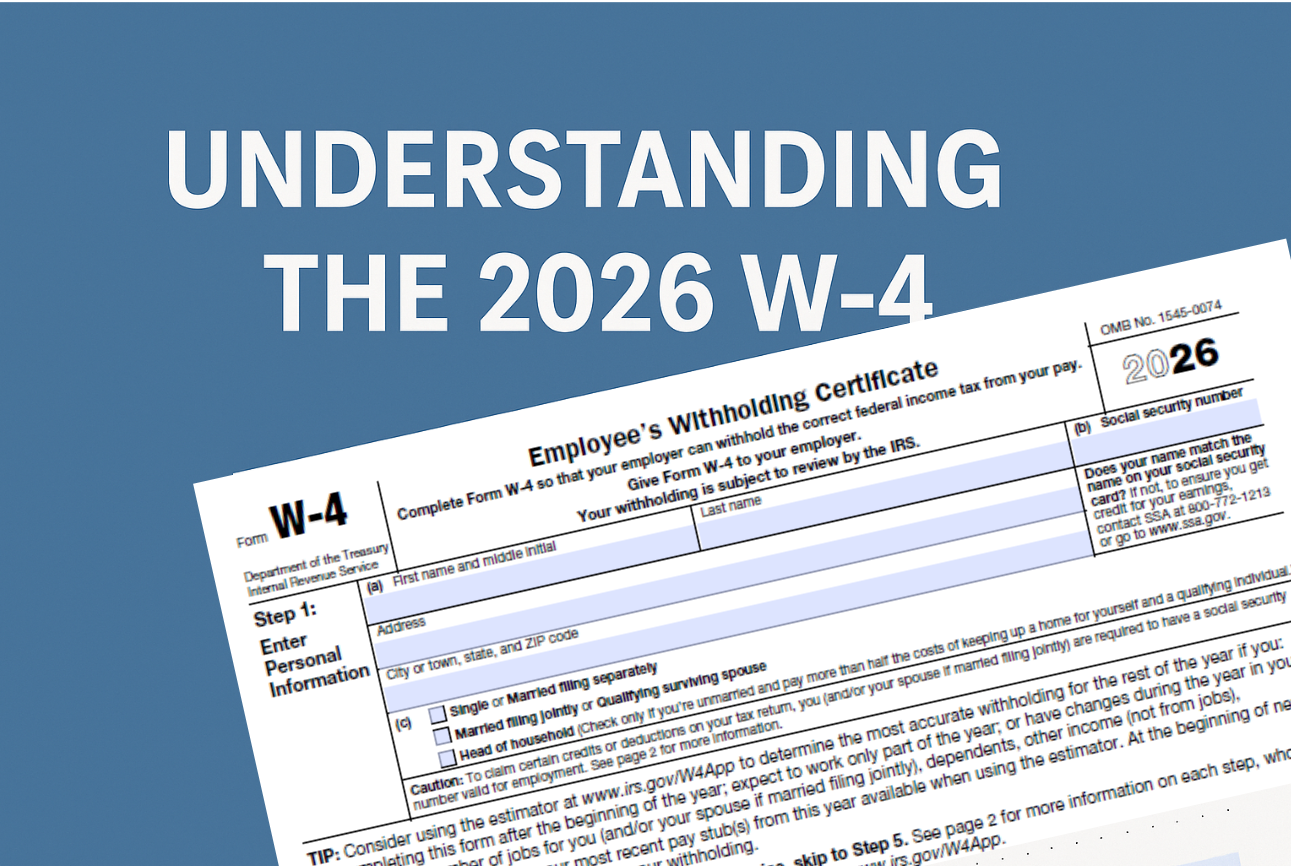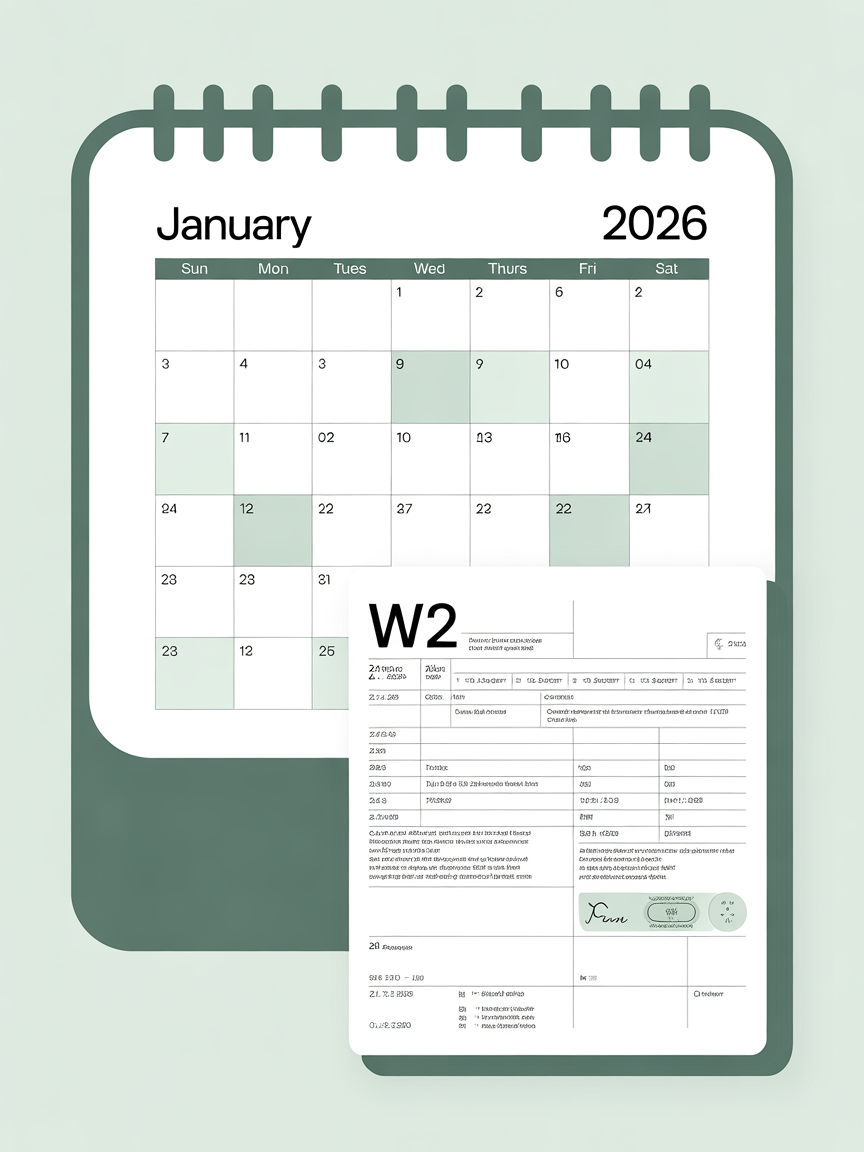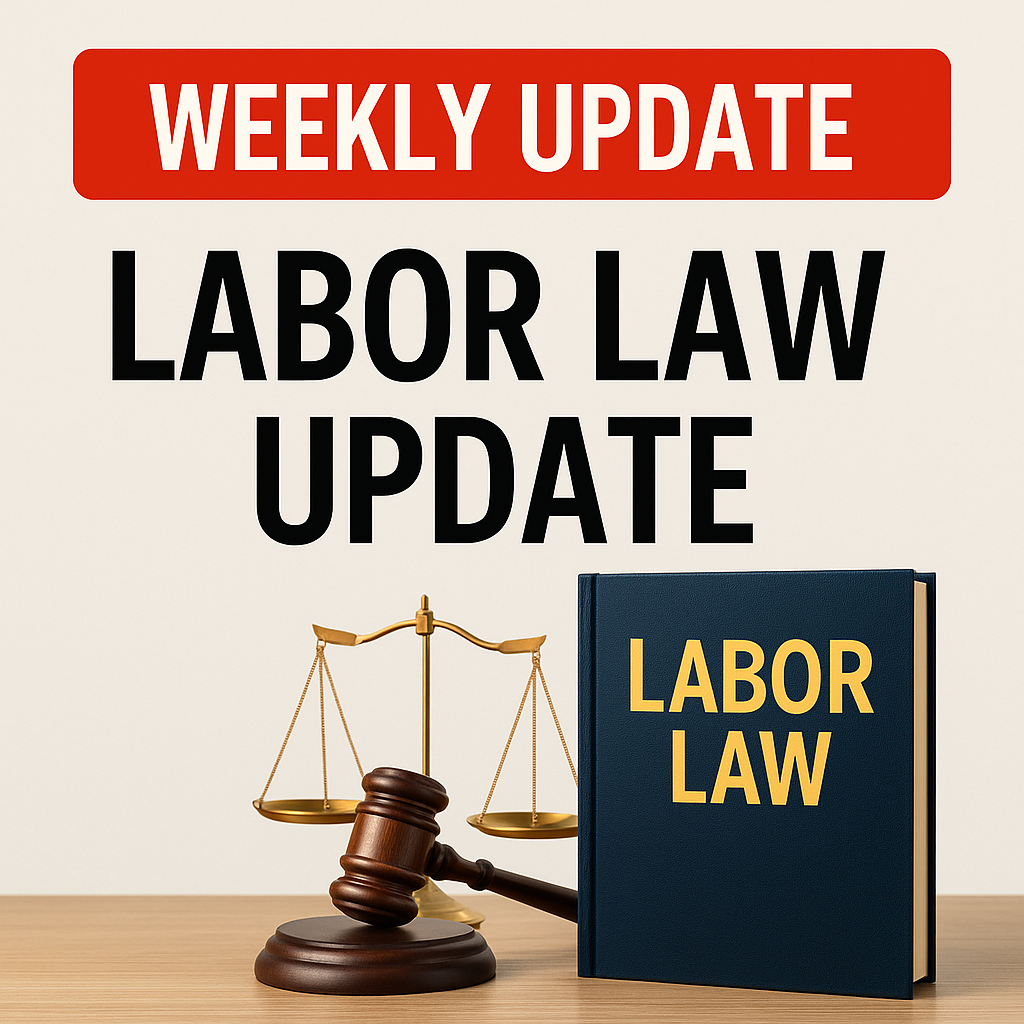Unlock the Secrets to Optimizing Your Payroll Process
In today’s fast-paced business environment, an efficient payroll system isn’t just a luxury—it’s a necessity. At Time & Pay, we understand that optimizing payroll goes beyond reducing processing times; it’s about enhancing accuracy, ensuring compliance, and creating a seamless experience for your employees. Our latest presentation, "10 Ways to Optimize Payroll," is designed to guide you through actionable, proven strategies backed by case studies and industry surveys.
Why Optimize Payroll?
A well-optimized payroll system leads to:
Reduced Errors: Automation and streamlined processes decrease manual entry mistakes.
Improved Efficiency: Standardized workflows and integrated systems cut processing times significantly.
Enhanced Compliance: Up-to-date software ensures your business stays in line with regulatory standards.
Empowered Employees: Self-service portals and transparent processes boost employee satisfaction and engagement.
What You’ll Discover in the Presentation
Our comprehensive presentation covers 10 proven strategies that can transform your payroll operations. Here’s a sneak peek at what you’ll learn:
Embracing Automation: Discover how automating routine tasks can reduce manual errors and free up valuable time.
Streamlining Workflows: Learn techniques to map and simplify your payroll processes for better consistency.
Enhancing Data Accuracy: Find out how integrating your systems can lead to more reliable payroll data.
Ensuring Compliance: Get insights into the latest regulatory requirements and how to stay compliant.
Leveraging Self-Service Tools: See how empowering employees with self-service options can reduce administrative burdens.
Integrating Systems: Understand the benefits of a unified platform for payroll, HR, and time management.
Strengthening Security: Learn the best practices for protecting sensitive payroll data.
Optimizing Tax Filing: Discover how to simplify tax filing with automated tools and real-time reporting.
Utilizing Analytics: Find out how data-driven insights can help you continually improve your payroll operations.
Fostering Continuous Improvement: Learn why ongoing training and feedback are key to long-term success.
Each section of the presentation is supported by evidence from case studies and industry surveys, ensuring that every strategy is both practical and proven.
How Time & Pay Can Help
At Time & Pay, we’re not just about sharing insights—we’re here to help you implement them. Our advanced payroll solutions are designed to address each of these optimization strategies, ensuring that your payroll process is efficient, accurate, and fully compliant. With our dedicated support and cutting-edge technology, you can transform your payroll operations and achieve measurable improvements.
Ready to Transform Your Payroll?
Don’t miss out on the opportunity to revolutionize your payroll process. Download our presentation now and start your journey towards a more efficient, error-free payroll system. Discover how Time & Pay can be your partner in creating a payroll process that truly works for your business.




